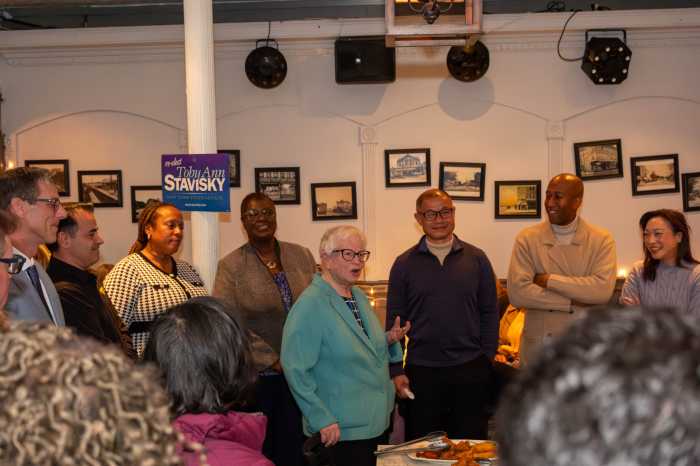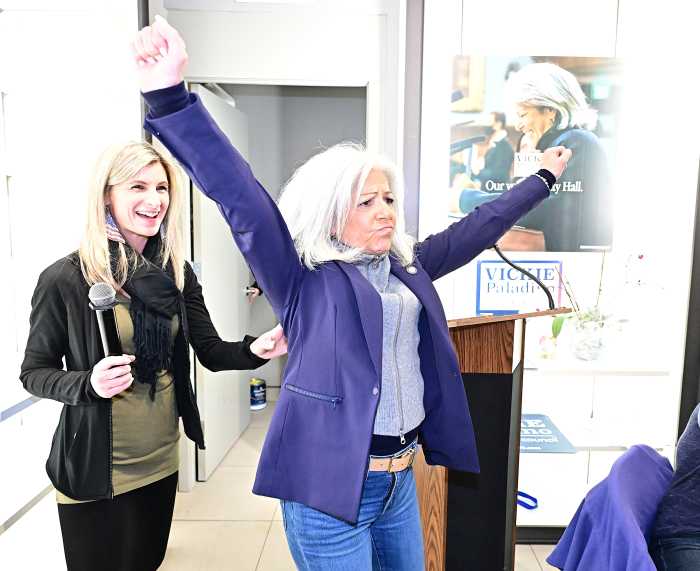New Neighborhood Slow Zones in four Queens communities will give pedestrians a break as the city applies the brakes to speeding drivers.
The slow zone program reduces speed limits from 30 mph to 20 mph in designated residential neighborhoods while also adding safety measures such as speed bumps. A pedestrian has a 95 percent chance of surviving if struck by a car traveling 20 mph, the Department of Transportation (DOT) said.
“One quarter of all fatalities in New York City are caused by speeding,” said DOT Commissioner Janette Sadik-Khan. “Today we’re continuing the fight to put the brakes on dangerous speeding.”
 The program expansion was announced by Mayor Michael Bloomberg at a Tuesday, July 10 press conference in Corona, which along with Auburndale, Elmhurst and Jackson Heights are among the 13 neighborhoods throughout the city that will have a slow zone installed. Three of the four Queens areas are more dangerous than 70 percent of borough streets, according to DOT statistics.
The program expansion was announced by Mayor Michael Bloomberg at a Tuesday, July 10 press conference in Corona, which along with Auburndale, Elmhurst and Jackson Heights are among the 13 neighborhoods throughout the city that will have a slow zone installed. Three of the four Queens areas are more dangerous than 70 percent of borough streets, according to DOT statistics.
“We are continuing our assault on the number one traffic killer: speeding. We’ve seen success already where we have installed slow zones and we expect safety will improve as speeding is reduced in these communities,” Bloomberg said.
Blue gateway signs will be installed at entry points of the approximately quarter square mile zones along with signs noting the new speed limit. Construction should be completed by the late summer.
The 13 neighborhoods will join the Claremont section of the Bronx, which was the first community in the city to install the program in November. Since that time, speeding is down 10 percent in the area, Khan said.
Bloomberg said he is looking to build on the safety gains the city has made in protecting residents and drivers. There are 30,000 fewer accidents (80,000 versus 50,000) resulting in injuries than in 2001 and over that span the number of drivers that perish in accidents is down nearly 40 percent.
Crash rates, community support, number of schools, senior centers and day care centers are considered when examining areas for slow zones.




































